SGGPO
According to the Southern Institute of Water Resources Research , the greatest saltwater intrusion is forecasted for this year's dry season from late February to March. To prevent risks caused by drought and saltwater intrusion, localities need to proactively develop response solutions, proactively store water for daily life and dry crops...
 |
| Check the salinity in the river |
On February 10, according to the Southern Institute of Water Resources Research, from January 19 to February 9, water discharge from upstream hydropower plants in China to downstream has decreased to the lowest level in recent months. If the limited water discharge continues, the possibility of early and deep saltwater intrusion from the second half of February and extending into March is very high. The Mekong Delta needs to proactively store water as soon as possible, limiting water use in the second half of February and early March.
 |
The Cai Lon - Cai Be irrigation system has contributed to preventing saltwater intrusion from the West Sea. |
The Southern Institute of Water Resources Research believes that salinity rose early in December 2022 and continued to increase in February 2023. The areas along the Tien and Hau rivers may be affected by high tides in February 2023. Saltwater with a concentration of 4‰ can penetrate 45-60 km deep; if the upstream discharges water abnormally, it can cause salinity to penetrate 50-65 km deep, affecting the water intake of water intake sluices. Abnormal salinity and drought may occur in areas without a complete salinity control system.
Currently, the Mekong Delta has about 400,000 hectares of rice and fruit trees in areas at risk of being affected by drought and salinity. According to the Southern Institute of Water Resources Research, the largest salinity intrusion is forecasted for this dry season from late February to March. To prevent risks caused by drought and salinity, localities need to proactively develop response solutions, proactively store water for daily life and upland crops, and store water in canal systems before periods of high salinity. At the same time, strengthen salinity monitoring, update regular forecasts to adjust plans in accordance with water resource developments.
Source





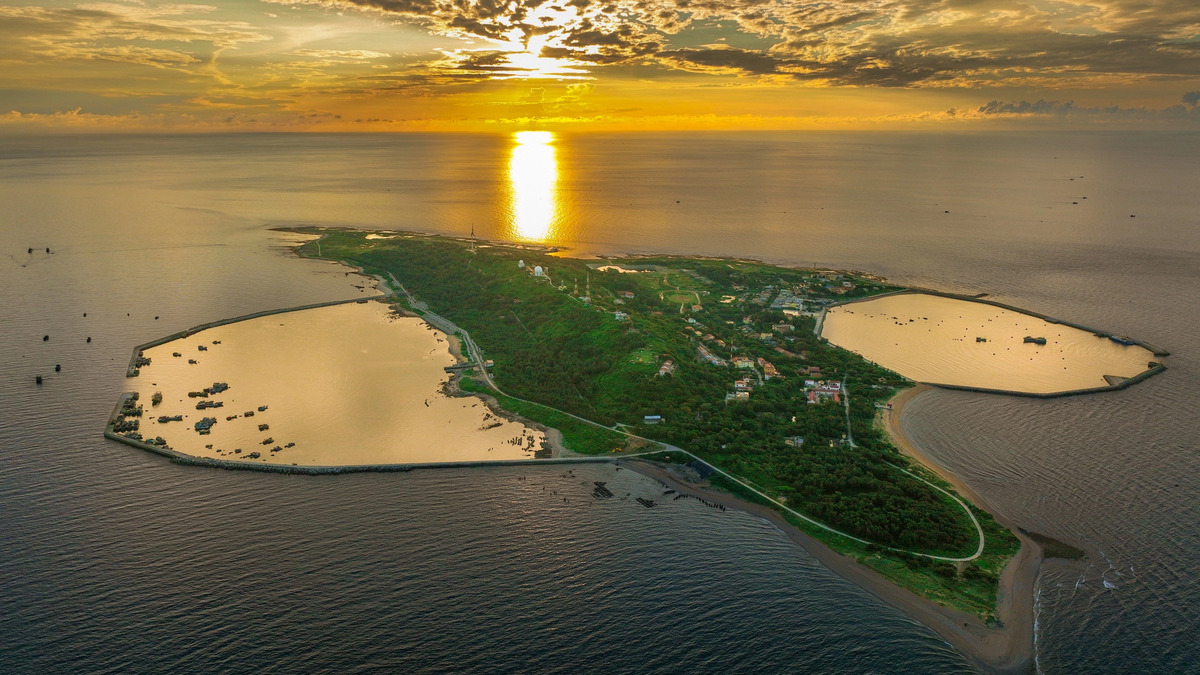








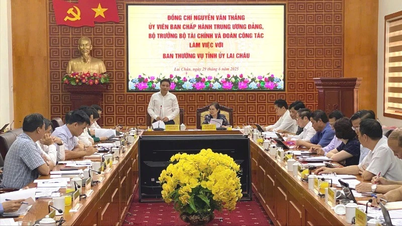






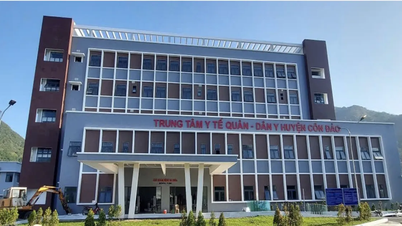




























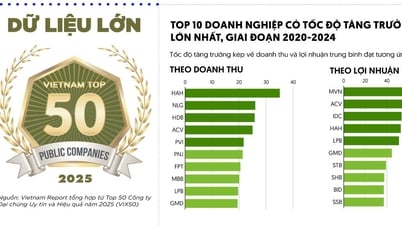





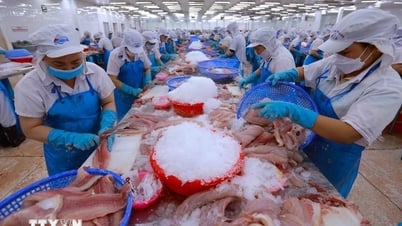
































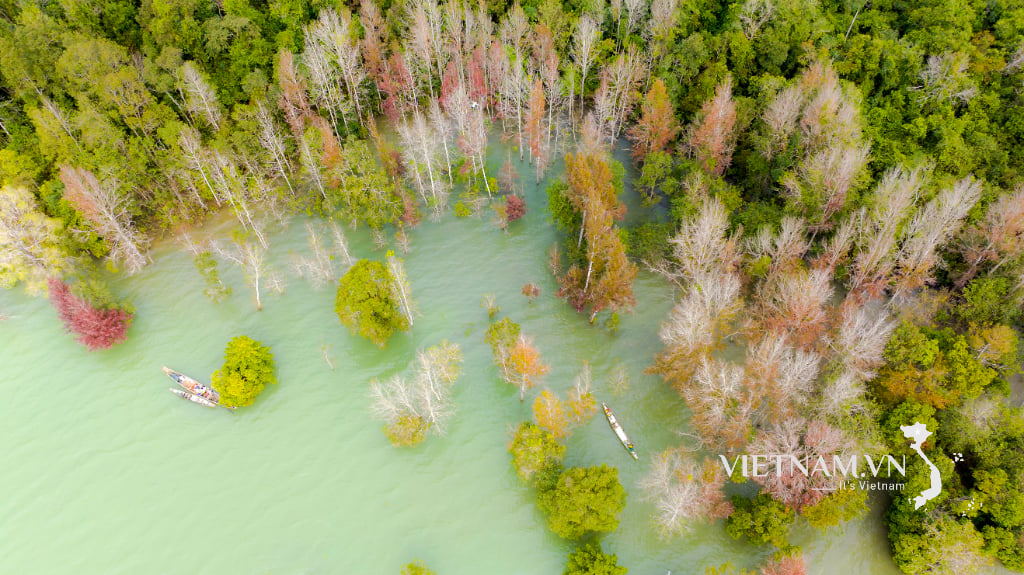



Comment (0)